Lutify.me Using LUTs? Here is What You Need to Know

What is color grading Lightroom color grading
3.3 VIDEO and film color grading Color Grade Examples. Here are some great examples of professional color grades. In the first example, from Black Hawk Down, the blue is much more saturated and the brightness is definitely turned down, with the highlights lowered as well. This is a great look for sci-fi footage, or even a nice David Fincher.
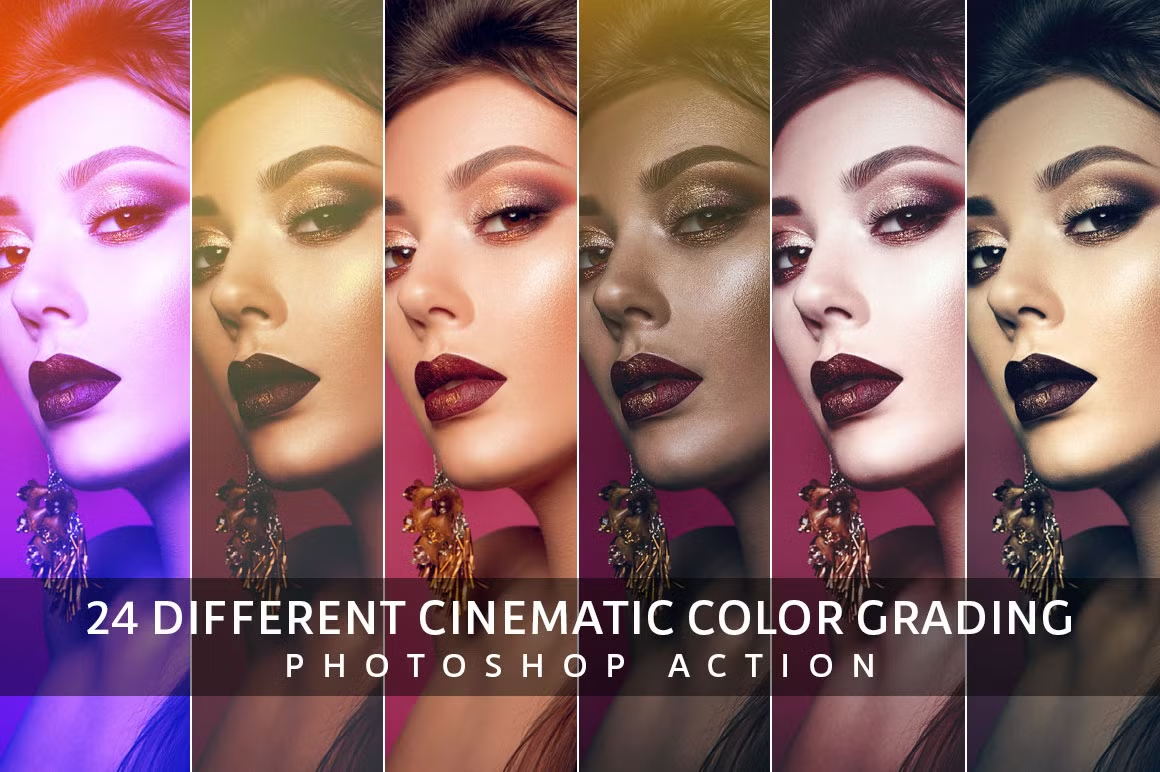
24 Color Grading Action AddOns Creative Market
Color grading has boomed in the last few years, so Film Riot has gone back to basics to give filmmakers a necessary (re)introduction. CREDIT: Film Riot. Jourdan Aldredge. May 17, 2022. Since the earliest days of cinema history, color grading has been an integral part of the filmmaking process….
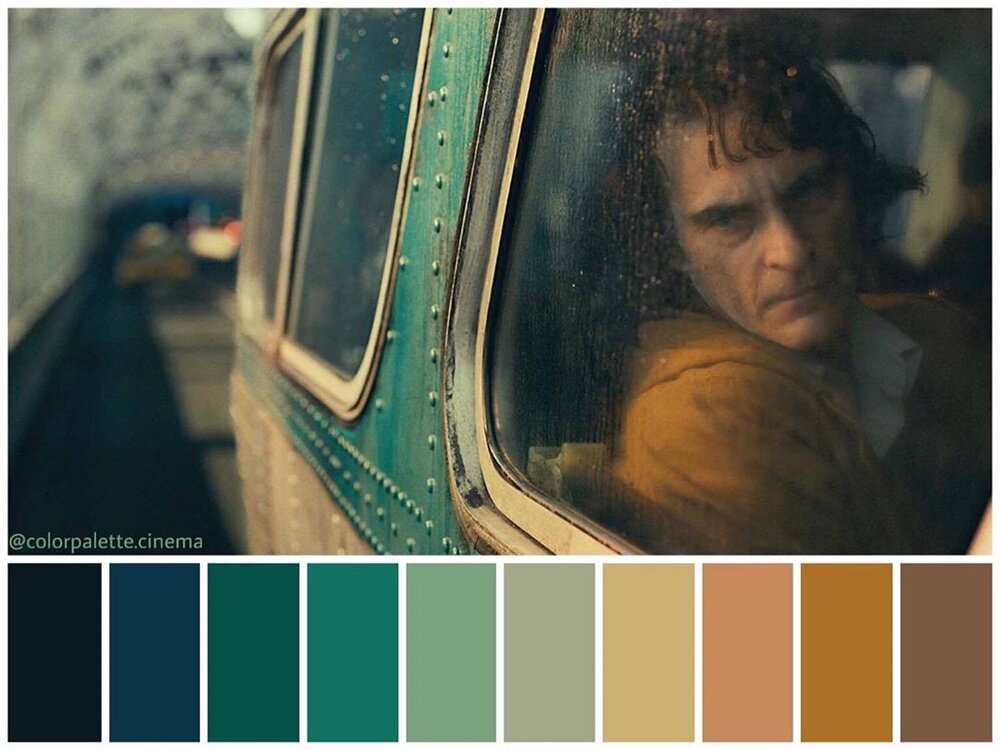
Boutique Retouching Studio
Color Wheels are an industry standard control, including in Adobe Premiere's Lumetri Color panel. The Color Grading interface, showing the 3-Way view (left) and the Midtones detail view (right). Across the top of the panel, you will see a row of icons to set the view. On desktop applications, the first view is 3-Way, which shows the Shadows.
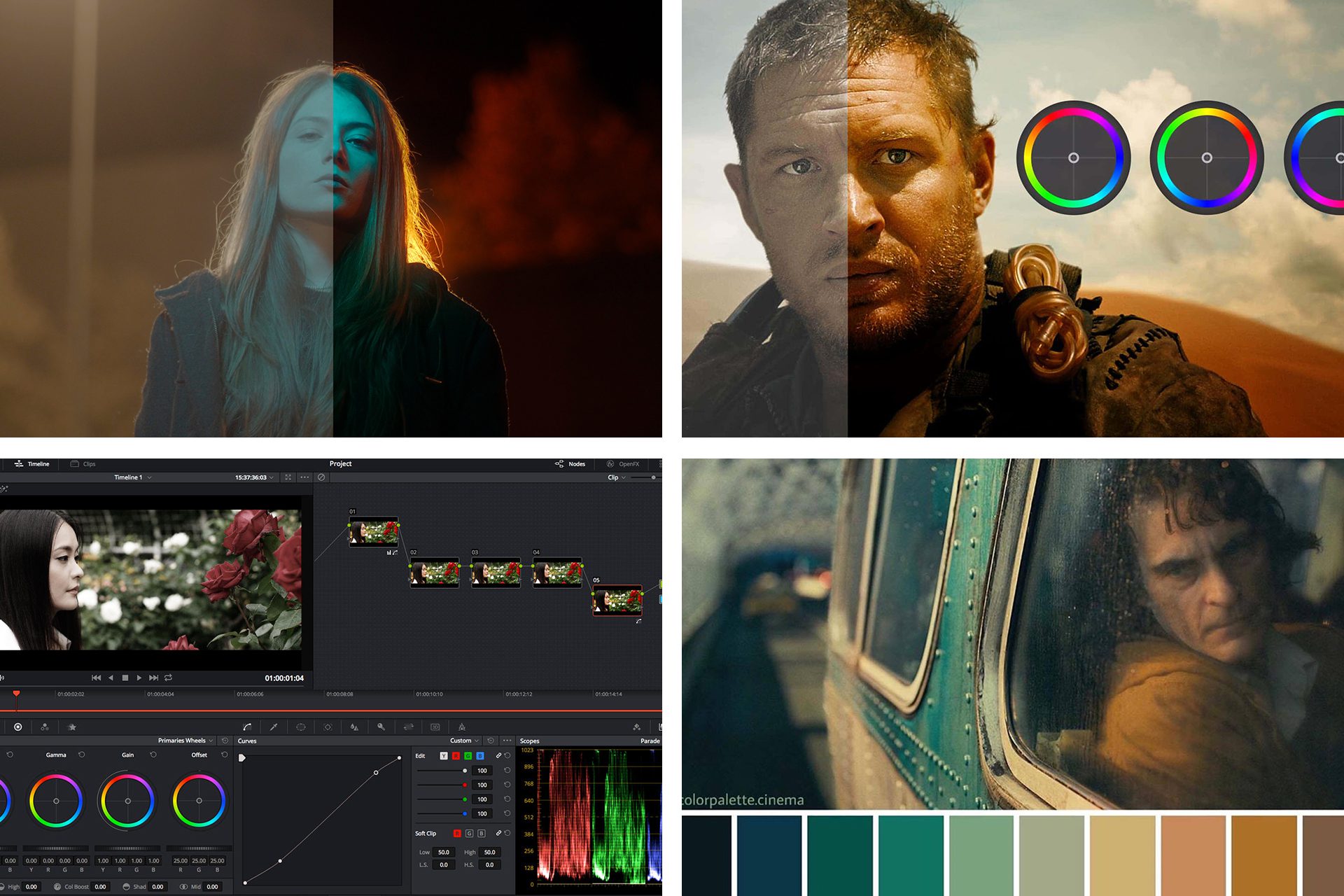
Color Grading vs. Color Correction Process What Is The Difference
While color grading is the process described above - enhancing and altering the color of footage to achieve a desired visual effect - color correction is different.. Take the series Better Call Saul as a fantastic example. The color grade for this series works so well because of its lack of color. The black and white flashforwards work.
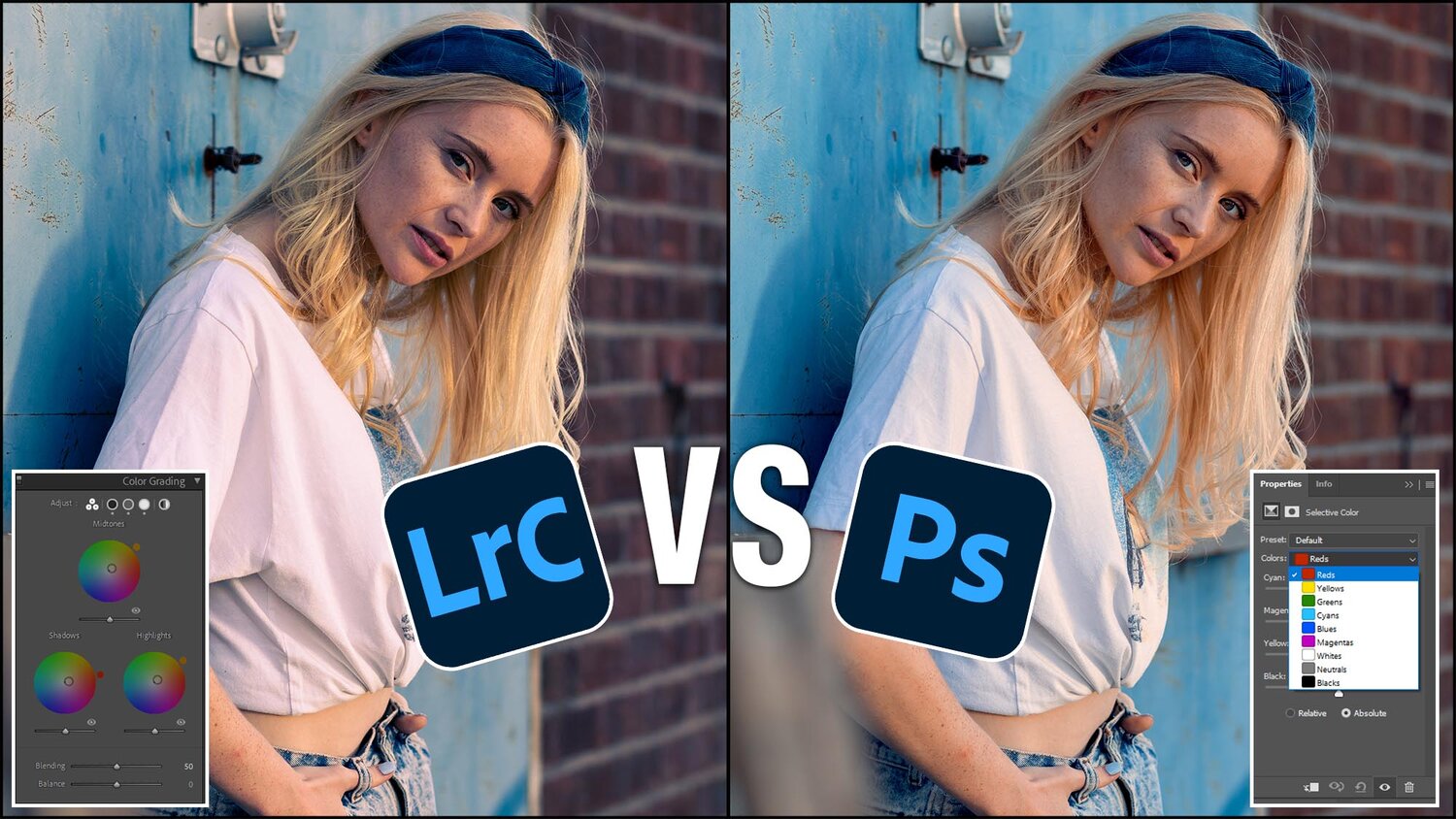
Colour grading in Lightroom vs — The School of Photography
Step 3: Color Grade the Video. You can hit "Filter" to select and apply a video filter to the video footage and go back to "Adjust" and make detailed color grading adjustments like Hue, Saturation, Brightness, etc. Color grade a video using both video filter and adjustment tool.

COLOR GRADING IN YouTube
Defining Color Grading: Color grading is the process of fine-tuning the colors in your images or videos to get a certain look. Use color grading to influence the visual storytelling of your film or video by adjusting color, brightness, and contrast. (Example = a blue hue can create a sad or ominous atmosphere)

Color Grading Simplified DaVinci Resolve StepbyStep YouTube
Step 1: Color Correction. When you're new to editing, Premiere Pro color grading tools are a great place to start. Making sure that all of your shots have a matching and consistent look is an important first step. Any color grading that you do after will need to be applied across every shot, so cleaning everything up first will save you time.

Universal Color Grading Presets (Premiere Pro) FilterGrade
Hopefully, in this article, you'll find some insight and inspiration into how to find and execute correct color grading. 1. Camera negative: RAW and LOG formats. As technology has come on leaps and bounds in video recording and post-processing, we can get a great deal of information or latitude stored on the camera's memory card.
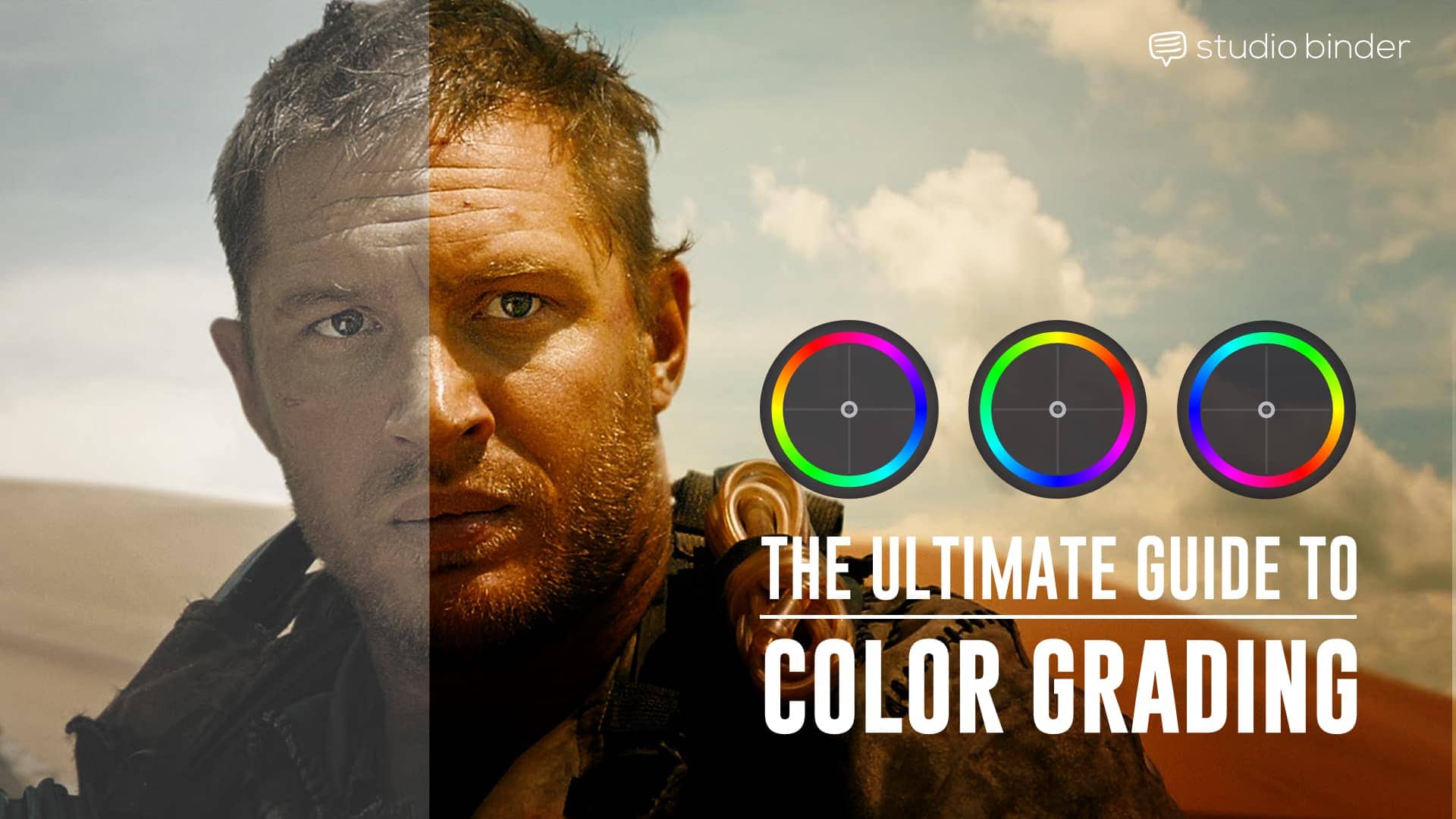
Color Grading vs. Color Correction Process for Video
Cinematic Lut COLOR GRADING examples Make your shots more cinematic. Film LUTs can help your footage mimic 35mm film so you don't spend your entire day adjusting sliders and color wheels. First, it's important to determine the look of your footage. Log exposure works better with Log specific film LUTs, while there are some film LUTs designed.

30 Cinematic Color Grading presets for Adobe Premiere Pro. PremiereProCC
Color grading examples of that cinematic look. Famous films are often color graded to palettes that set the mood or fit the style and theme. David Fincher's films feature a color palette that brings out the dreary realism of modern-day urban settings in gray, dark blue, and brown. We see the dull tones reflect the monotonous life through the.
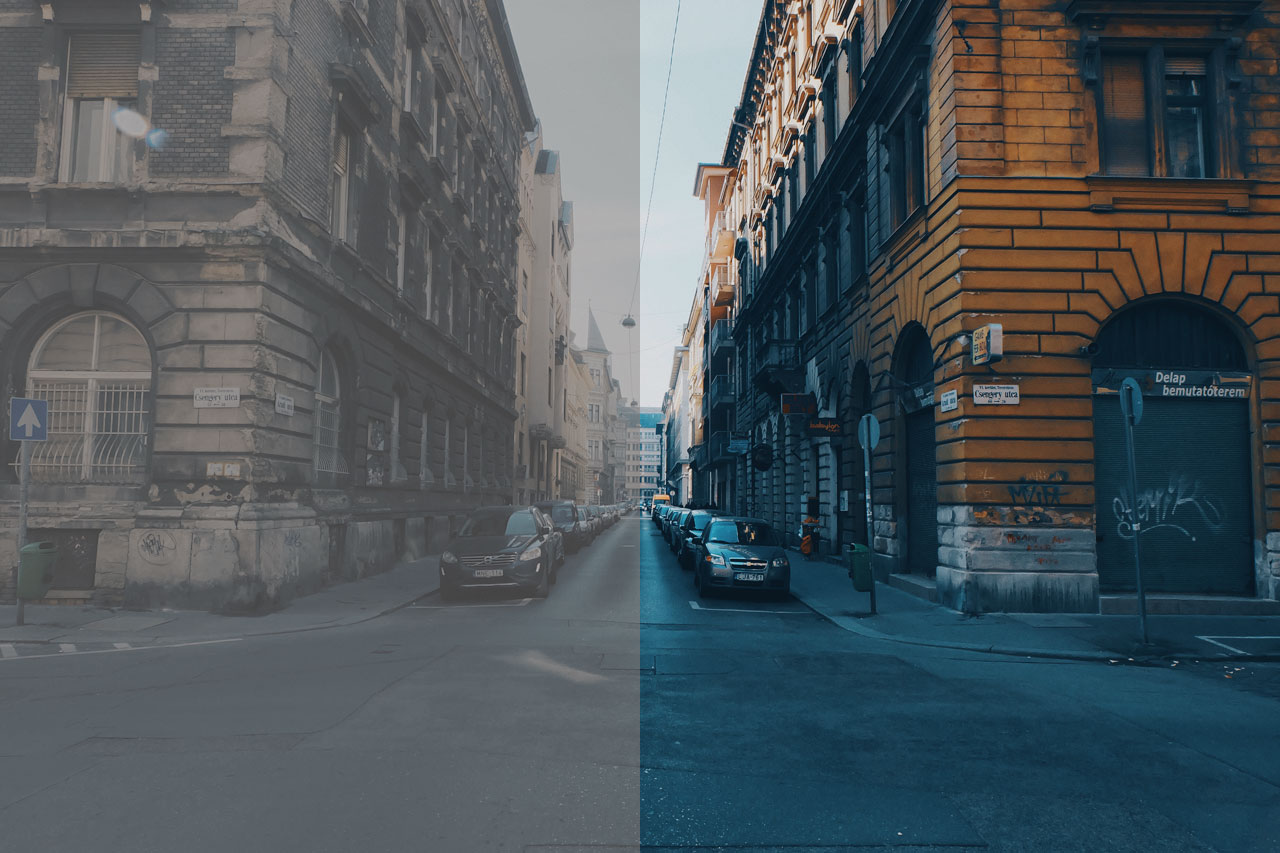
Lutify.me Using LUTs? Here is What You Need to Know
Color correction and grading are essential steps in post-production, enabling you to define the color scheme of your footage. The right color grade can set a certain atmosphere, evoke emotion or add a cinematic feel to your footage. Learn how to achieve perfect color grades and take your first steps in Premiere Pro and DaVinci Resolve.

Color Grading Getting Cinematic Colors YouTube
Colour grading in cinema (and TV) can be controversial especially as cinemas and TV look to formats such as HDR. An example of where a colour grade was potentially pushed too far was the Game of Thrones episode The Long Night. Here a beautifully graded episode in the colour suite was rendered muddy and blocky by people watching the episode on.
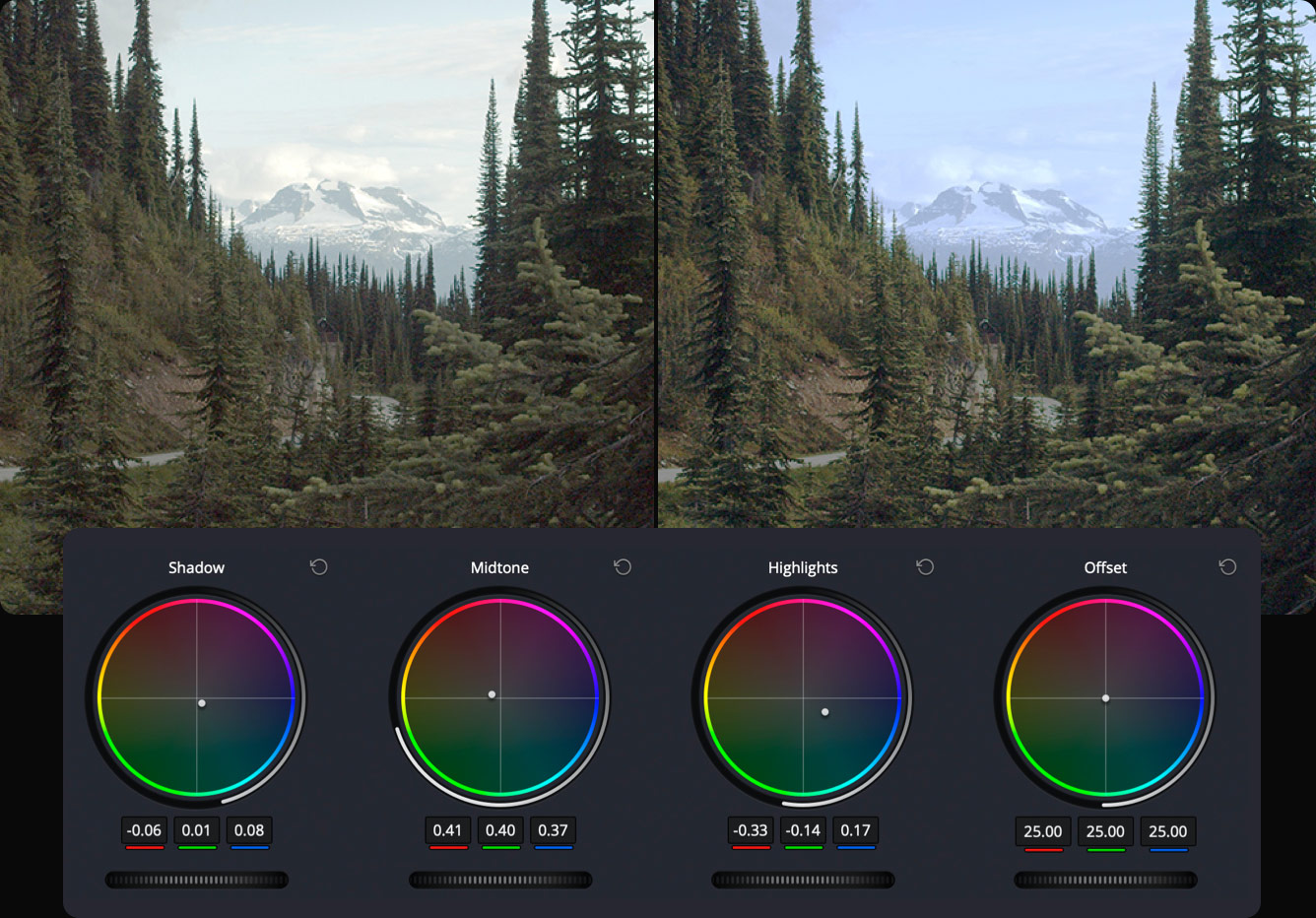
DaVinci Resolve 17 Color Blackmagic Design
Color grading is an essential step in video and photography post-production. Learn the difference between correction & grading, and how to do it properly.. For example, many people refer to this process as color correction. However, there is a difference between color correction and color grading - I'll talk about that later in the article.
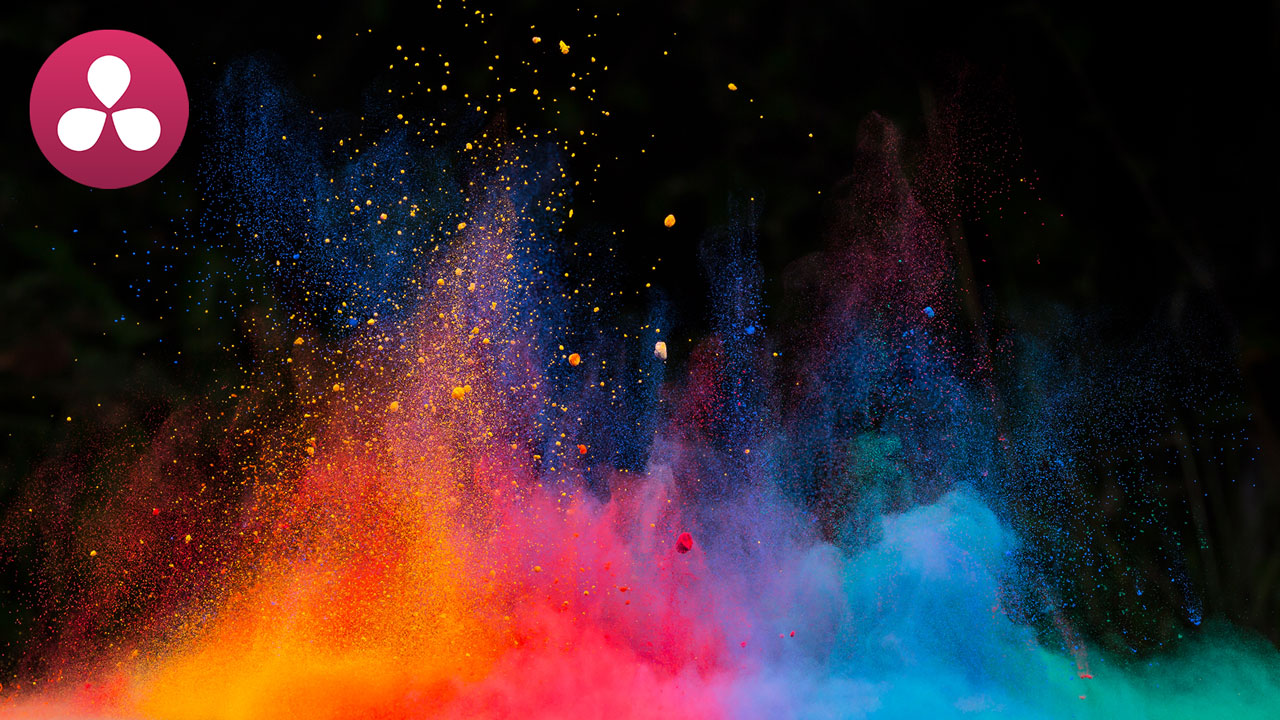
Color Grading in DaVinci Resolve 11/12 Ripple Training
A photograph color graded into orange and teal, complementary colors commonly used in Hollywood films. Color grading is a post-production process common to filmmaking and video editing of altering the appearance of an image for presentation in different environments on different devices. Various attributes of an image such as contrast, color, saturation, detail, black level, and white balance.

Why color grading matters in video
For subtle tweaks, use the Blending slider to control how your graded colors meld together. Click the eye icon next to one of the color wheels to toggle between a before and after view. The same image as above, but color graded. The shadows are blue, the highlights are orange, and the midtones are yellow-orange.

The 7 Essential Color Grading Styles Every Filmmaker Must Learn First
Example of associative colors in The Empire Strikes Back (1980) movie. These colors combined to convey an emotional state from the character. Black and red are violent and menacing where blue and white are cool and comforting. When a recurring film palette or color represents a character or larger theme in the film.